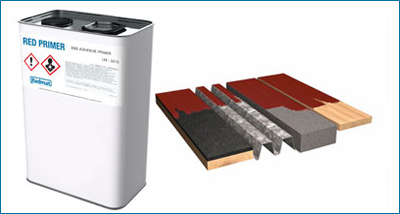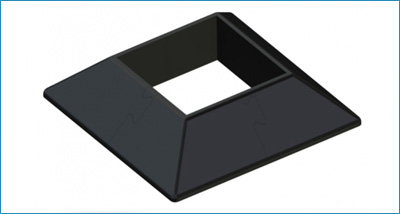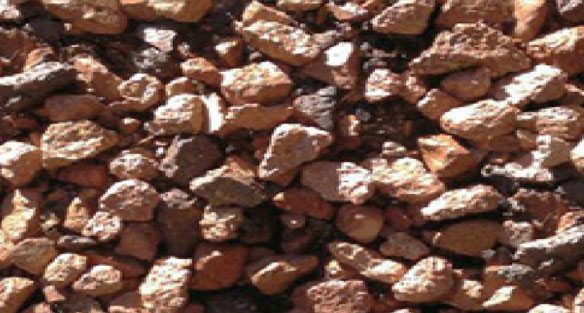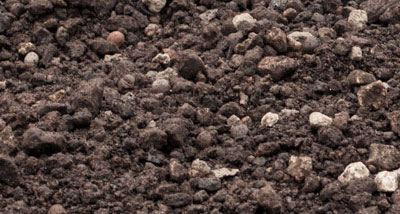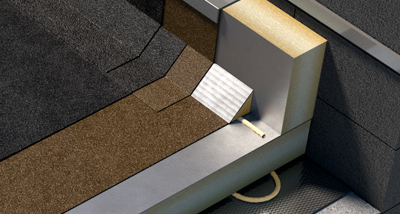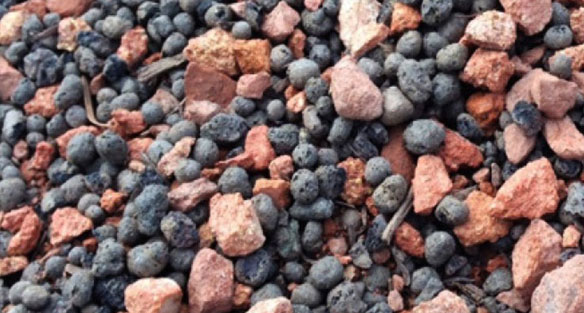DESCRIPTION
Radmat GM30 Wildflower Substrate suitable growing medium for a self-sustaining plant community consisting of cast wildflower seed, pre-grown wildflower plug plants and or wildflower blankets. Consisting of a blend of water retaining aggregates, crushed brick and organic material, all composted material is from sustainable sources and the crushed brick element is a by-product or a second from the brick manufacturing industry and contains no demolition waste. Compliant with GRO substrate guidelines.
Radmat GM30 Wildflower Substrate is STRI Certified as containing only 4.4% organic matter.
APPLICATION
Green roofs consisting of wildflower seed mix, mixed pre-grown wildflower and sedum plugs, pre-grown wildflower and sedum blanket, and Biodiverse green roofs and ‘Brown’ roofs. Install GM30 Wildflower Substrate on either Radmat D25 or D40 drainage/reservoir board covered with G11 filter fleece in accordance with the Radmat specification.

Apply to a depth as specified according to plant type allowing 10% post installation settlement. Indicative substrate depths are given in the table below, however the specified depth will vary based on a variety of factors including design load, building location, building height, plant species etc. It is therefore important to consult the project specification.
FIRE PERFORMANCE
FIRE PERFORMANCE Approved Document B Fire Safety points to the DCLG document Fire Performance of Green Roofs and Walls for best practice guidance in achieving Regulation 7(2) fire compliance with a green roof. DCLG Fire Performance of Green Roofs and Walls states that the compliance requirements for achieving Broof(t4) are a growing medium layer of a minimum 80mm and an organic content of not more than 50% (https://www.gov.uk/government/publications/fire-performance-of-green-roofs-and-walls). In addition, The Green Roof Organisation (GRO) Code of Best Practice, also recommends fire breaks consisting of 50mm deep 20/40mm rounded ballast are used at perimeters and penetrations. Gravel fire/vegetation breaks should be 500mm wide where they abut habitable space but can be reduced to 300mm in some circumstances. Key to ensuring ongoing fire performance of a green roof, and the plant performance, is maintenance as some plants will die back, others will shed leaves naturally during their lifecycle and invasive species will try to take hold. These factors all create additional organic matter that could poses a fire spread risk on the roof therefore unwanted organic matter should be removed as part of the maintenance program.



